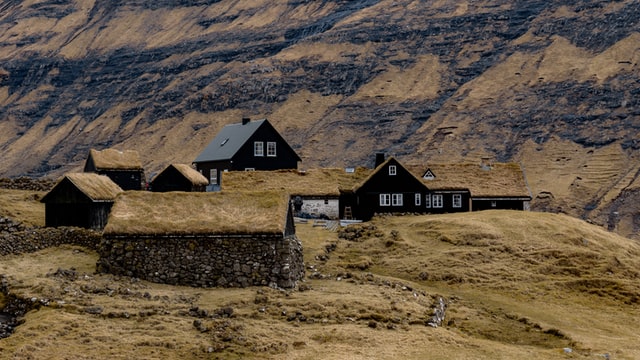Thatcher
Tools and Supplies
Needing various sorts of reeds and straw to create a roof, usually a combination of materials are needed for a quality job. Often times, a thatcher will have a "home recipe" if you will of what materials and amounts they prefer to use. As these reeds need to be prepped and dried properly before use, it is often more expensive to hire a thatcher during the rainy season since the prepwork is more extensive, as well as sourcing of the material itself. Often, if the customer can provide the material needed, this will allow the thatcher to start work immediately, and often at a discount.
In addition to reeds, rope and some sort of binding is required to gather the material. Some thatchers even use glue made from animal parts as extra security in certain locations, both on the roof itself, and the rope. Layering the reeds in different ways depending on the geometry of the roof and the heavy rain locations, this job is taught as a trade usually through families. It is hard to learn from a book how to do a proper job when every house will be different.
Active Seasons
Most active in the Summer, the dry weather makes it easy to prep materials and work outside for long hours. Both having sunlight and lack of rain make jobs easier to finish, and therefore cheaper for the patron. Those who need a roof fixed during the rainy or winter season will often pay a heafty price to do so. As a result, many townsfolk will live with leaks and drafts during these months as they can't afford the increased rate.
Dangers
The biggest danger to thatchers is slipping, especially the higher the building. Rainy days are threatening as it loosens grip of both the material they stand upon, but also their physical grip. Prices will vary heavily for these conditions, the more rainy days they have to work will increase the price, as well as height of the building will often factor in due to risk.
Remove these ads. Join the Worldbuilders Guild










Comments